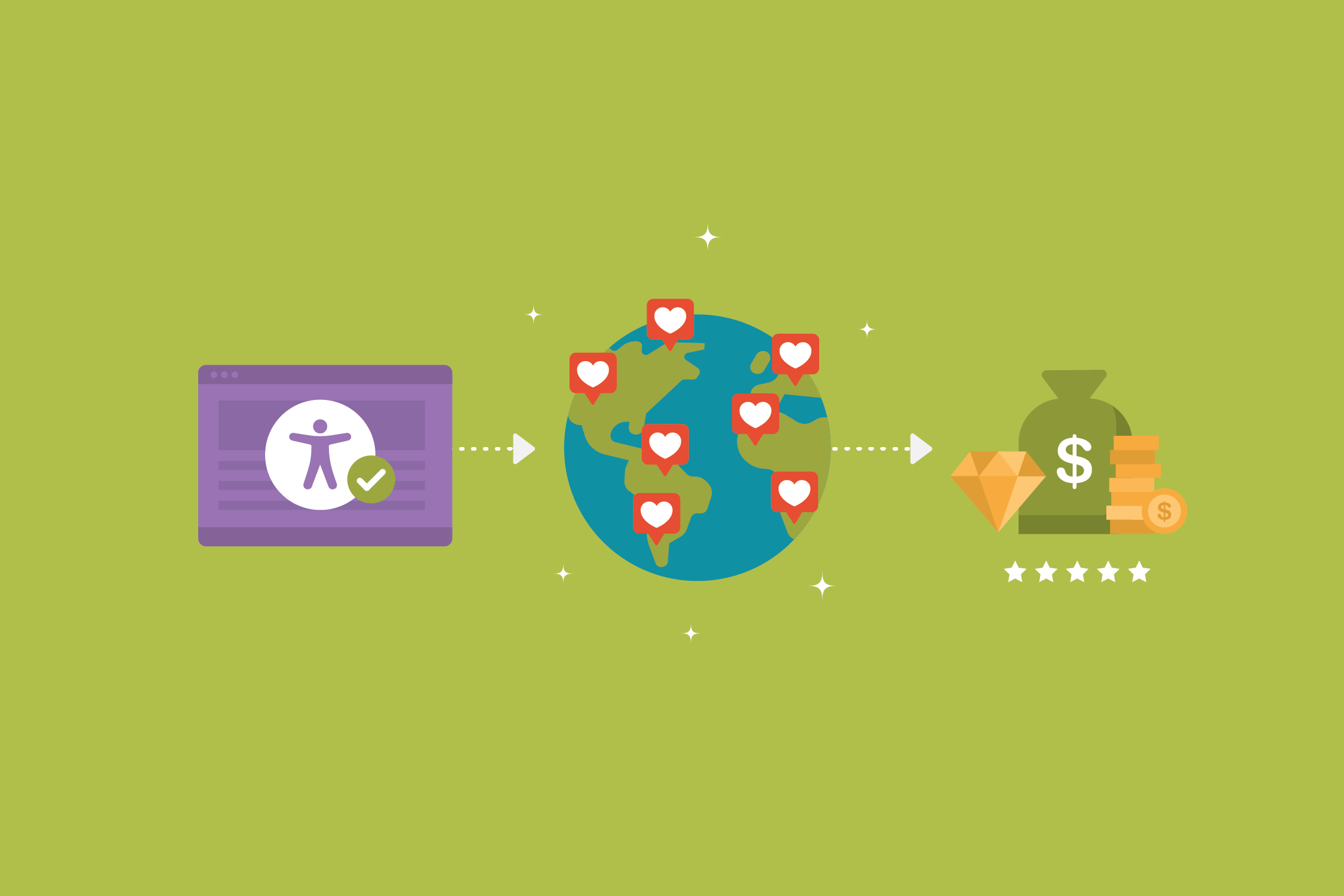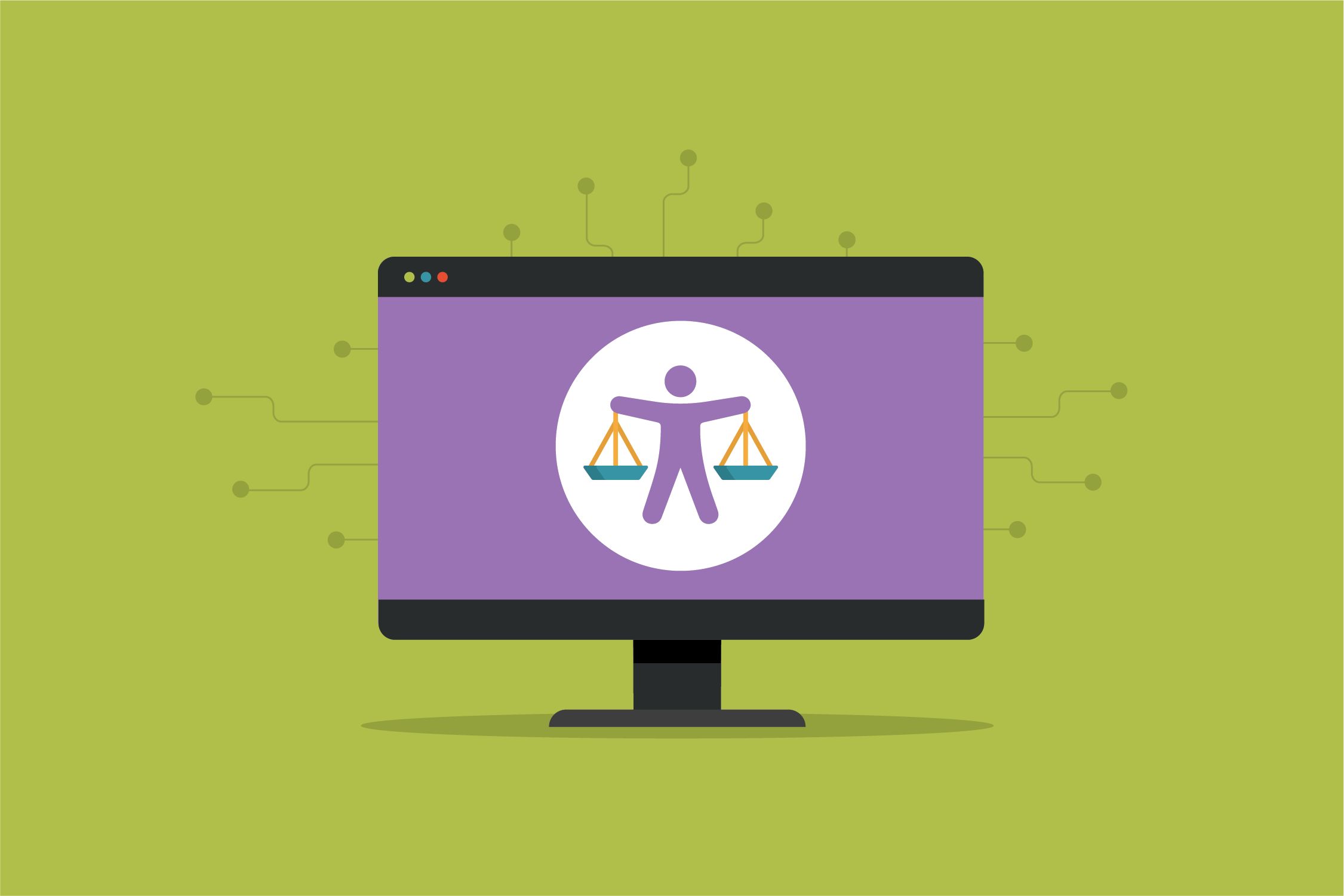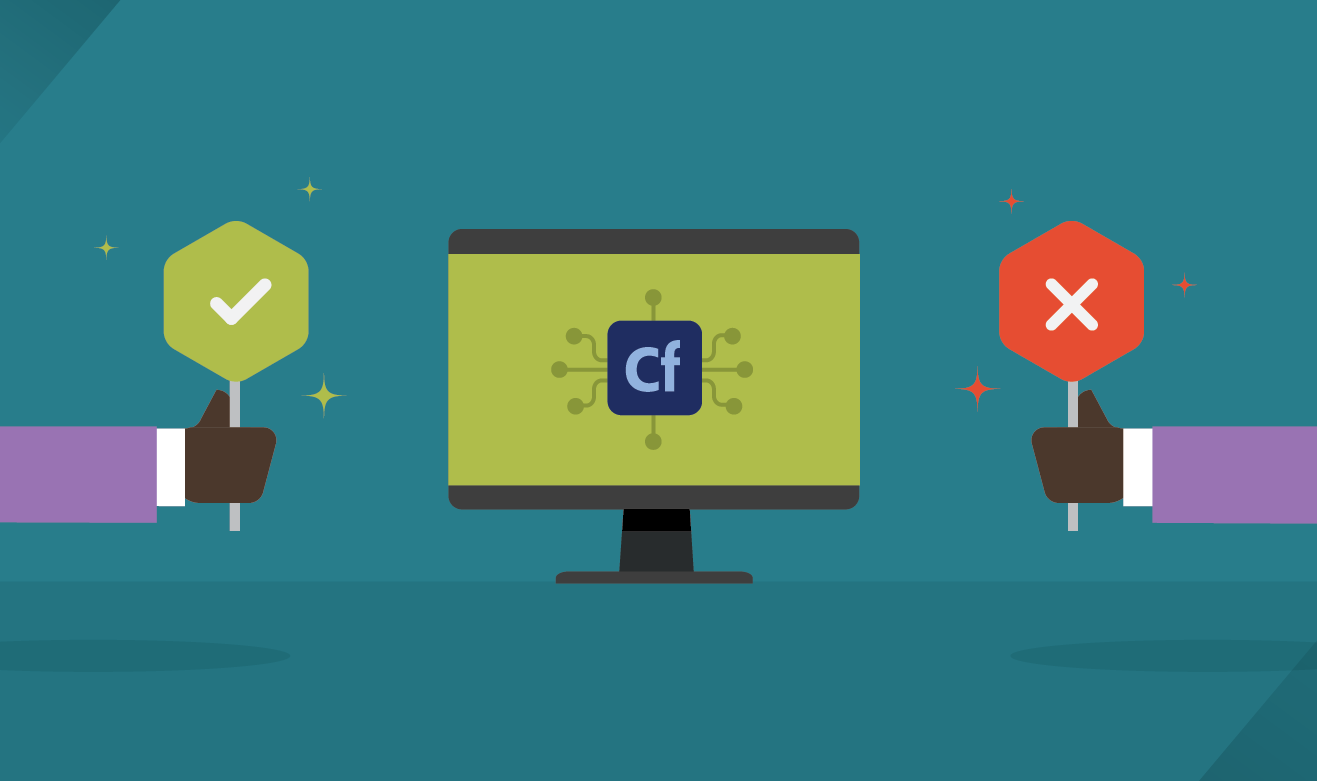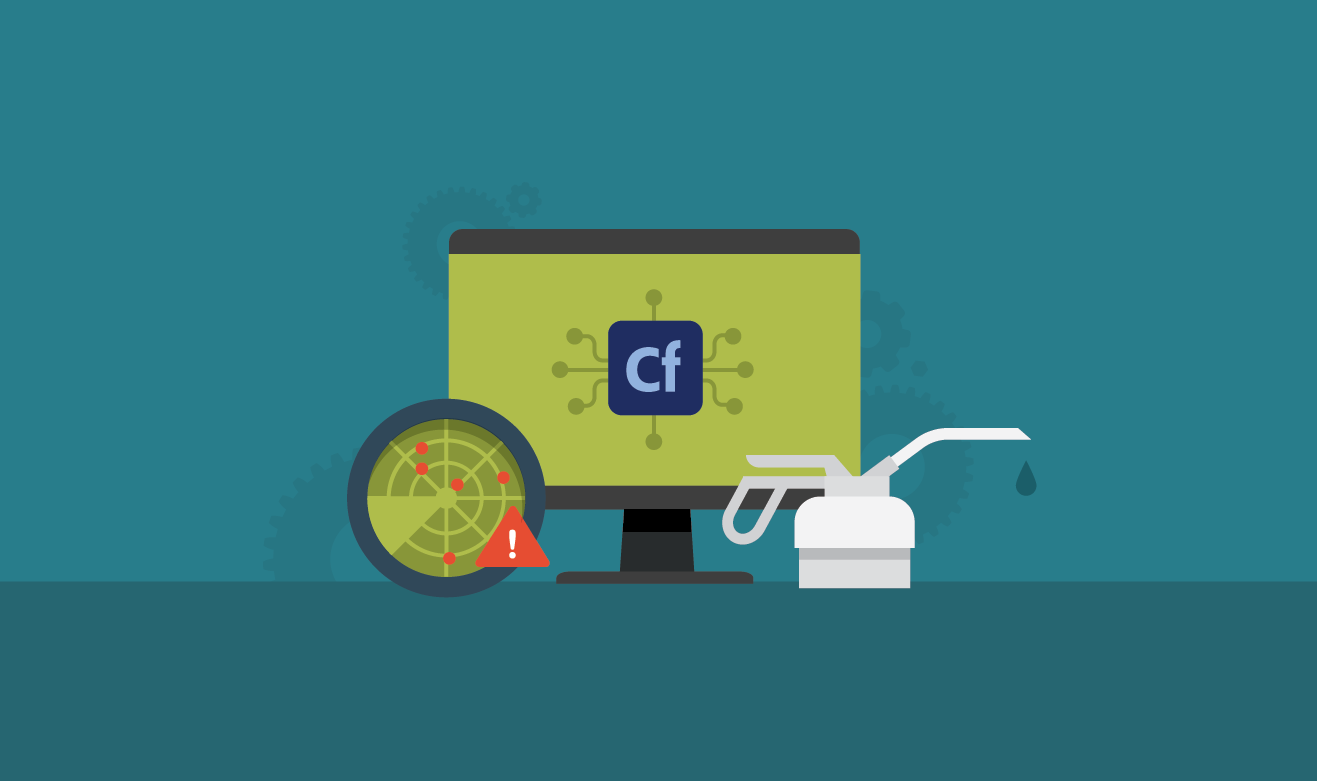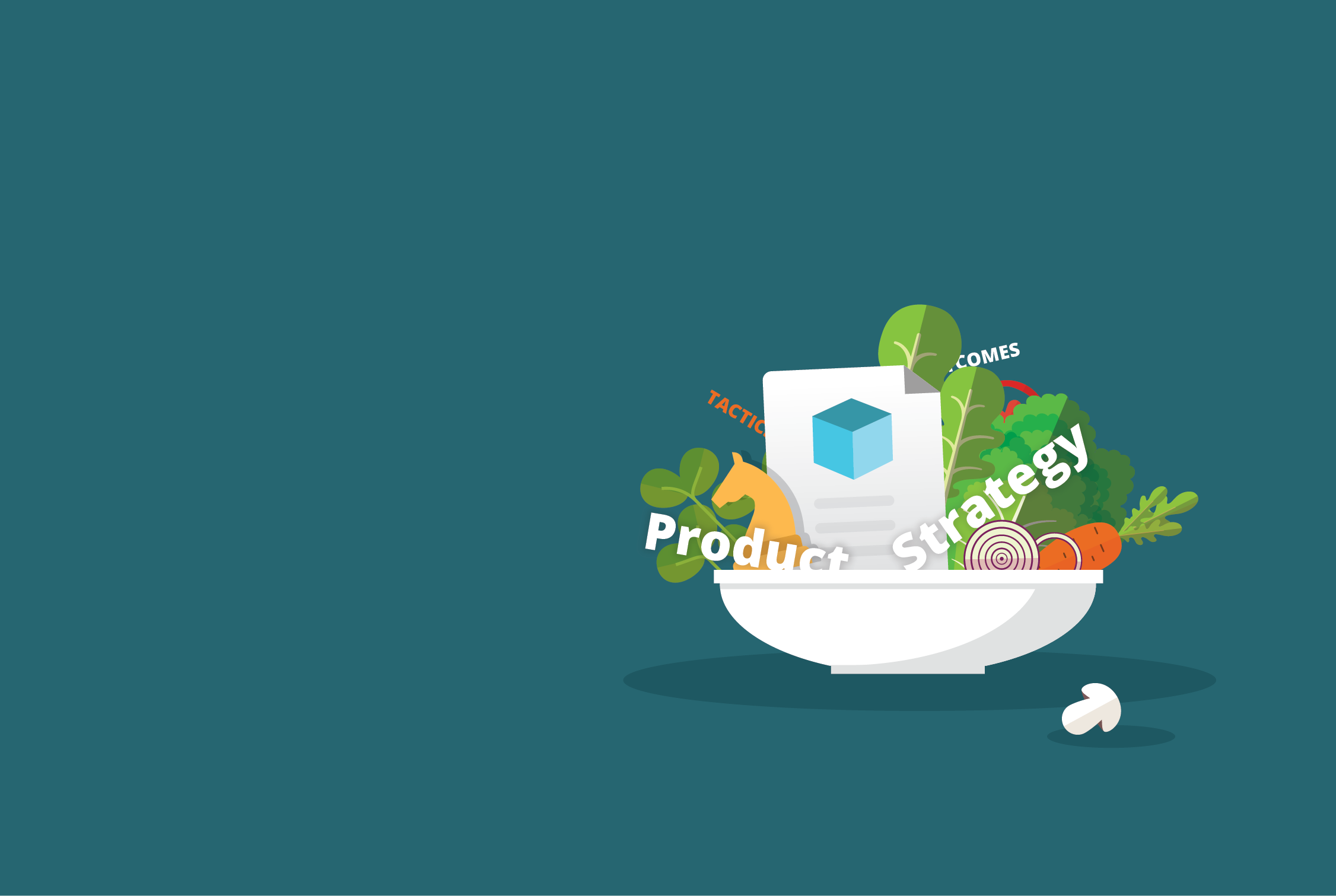One of the greatest teams I ever worked with delivered some amazing, impactful software for a small scrappy startup. We were building something amazing for the world and we knew it. Some of the technologies we worked with were cutting edge. Very few people in the world, at the time, had experience with some of these technologies and documentation was scarce. Our team had to figure a lot of things out and many mistakes were made. Additionally, when we started, we were working in a domain that we knew nothing about. We had to acquire both a tremendous amount of domain knowledge and the requisite technical skills in order to succeed together. The team had many ups and downs and overcame some incredible challenges. In the end, the company was successfully acquired by a multi-national, multi-billion dollar enterprise and their services were incorporated into their offerings.
The team learned at an incredible rate and was able to accomplish what felt like super-human things that none of us could have possibly accomplished on our own. If you have had this type of experience in your career, you know what a feeling it is to be a part of a team like this. It is amazing. Looking back, you will reflect on these experiences as the best working experiences of your life. Mihaly Csikszentmihalyi calls these peak experiences for individuals “flow.” This concept of flow extends to high-performing teams. When a team of competent people “flow” together, creativity emerges and they thrive.
Your teams want to produce great things together. They want to build things that will change the world. Change that is worthwhile requires the coordination of many competent minds, communicating and cooperating at scale. Most teams that accomplish worthwhile things, however, don’t start out with all the knowledge required to succeed — they have to figure out how to get it. When equipped with a motivating, worthwhile vision and some initial skills and knowledge, teams learn together and innovate and deliver amazing things. The more they learn, the more they realize how much knowledge is out there that they will never know, but this shared quest is a powerful, creative force for change.
When you have the right people on your team, those who care deeply about solving the problems you intend to solve, they will crave the kind of work environment that pushes the limits of their creativity.



